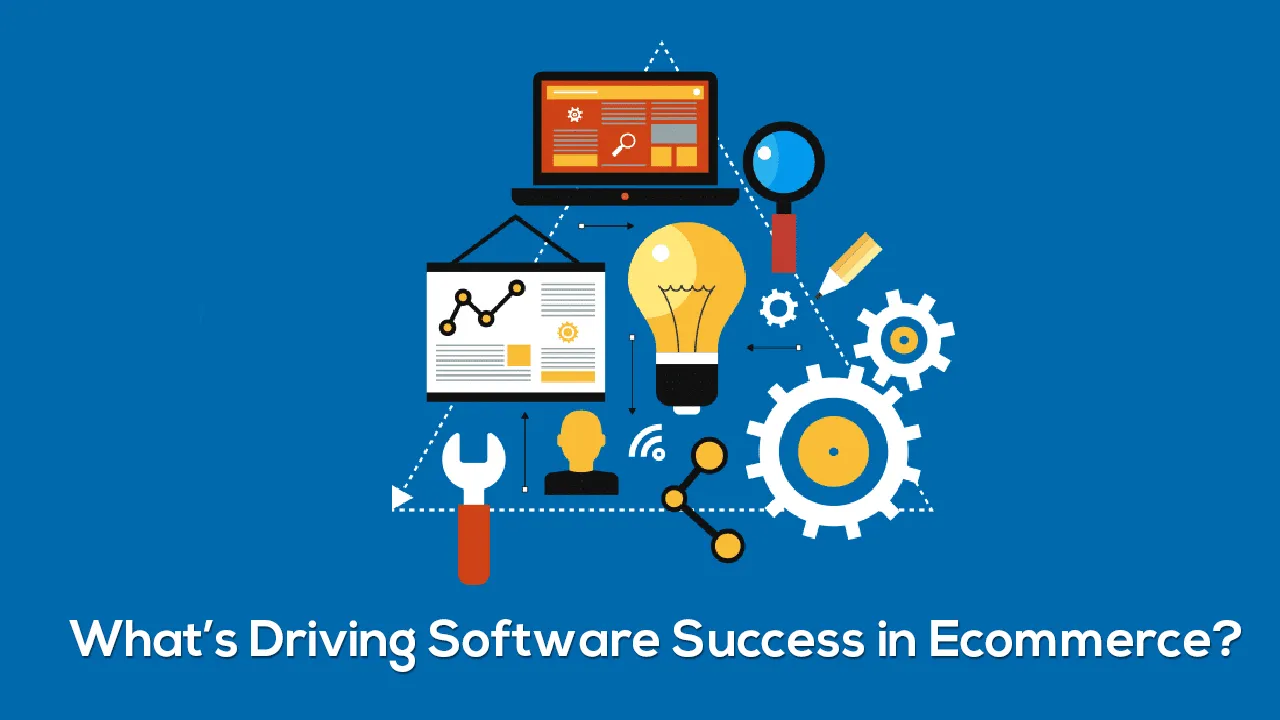When we talk about ecommerce success, we’re ultimately talking about software success. Software isn’t just a key part of your business; it has become the main differentiator between you and your competition. How quickly can you build your software? How quickly can you deliver it to your customers?
When you look at the current acceleration of digital transformation, the increase in remote workforces, and a greater reliance on online transactions and interactions, these shifts together have ultimately transformed every company into an ecommerce company. This is no longer on the horizon as a reliable expectation. It’s already happened, and I would say in a pretty brutal way.
When trying to understand how big a particular wave or trend is, I like to look at infrastructure trends. If we think about what most ecommerce companies need, it’s a payment platform or a payment stack. The leader in this category is Stripe. Look at how Stripe is skyrocketing in terms of volume and in terms of having millions of customers. They also recently closed a round of funding where they are now valued at more than $100 billion. It becomes the new norm.
When we talk about ecommerce success, we’re ultimately talking about software success. Software isn’t just a key part of your business; it has become the main differentiator between you and your competition. How quickly can you build your software? How quickly can you deliver it to your customers? This is where you create real competitive advantages.
The biggest challenge is all about change management. Whether you’re a startup or big enterprise, how will you evolve and then transform yourself or your organization? How will you support your teams during this journey to become a software company that innovates continuously and drives high organizational performance?
Ecommerce = Quality @ Speed
In the past, speed and quality were somewhat at odds with each other. You could be good at one of them, but that meant the other would suffer. But that’s simply not an option anymore. Your customers won’t tolerate one of them being absent. You’ve got to focus on both. So how are today’s most successful organizations delivering “quality at speed?”
For those looking for answers, there has been some outstanding research around the similar traits of high-performing teams – the ones that deploy multiple times a day versus those who release less frequently, maybe only quarterly. These surveys have been able to identify some really clear correlations and data points between release frequency and software quality. There have been many case studies that clearly show that teams who deploy multiple times a day are far more likely to deliver higher quality software compared to those who are releasing only every couple of months.
The teams that deploy daily or multiple times a day will typically have a change fail rate below 15%. They will have a time-to-resolution when there is an issue that is less than an hour. If you look at low-performing teams, they will typically deploy in weeks or months and will have a change fail rate of more than 30%. Think about what this means for your user experience. The way you achieve that optimal, low change fail rate is through DevSecOps, which for many organizations will require embracing new ways of working and learning.
The good news is that there is actually a playbook for this: Accelerate by Dr. Nicole Forsgren. There’s such a wealth of information in this book, including a list of aspirational—and achievable—capabilities that have been identified in today’s most successful software organizations. These capabilities are also organized into five main categories starting with continuous delivery. They include continuous integration, continuous deployment, test automation, and others.
The second category is architecture. How do you come up with the right, loosely coupled architecture that will enable you to make changes very quickly and without impacting or having a lot of dependencies on the rest of your application? There are also processes and lean management categories. Lastly, and most importantly to me, is culture, the fifth pillar. Culture is such an important aspect of a DevOps transformation. How do you make sure that you support, train, empower, and organize your teams so they can really accelerate the delivery of higher quality software?
#articles #careers #devops
